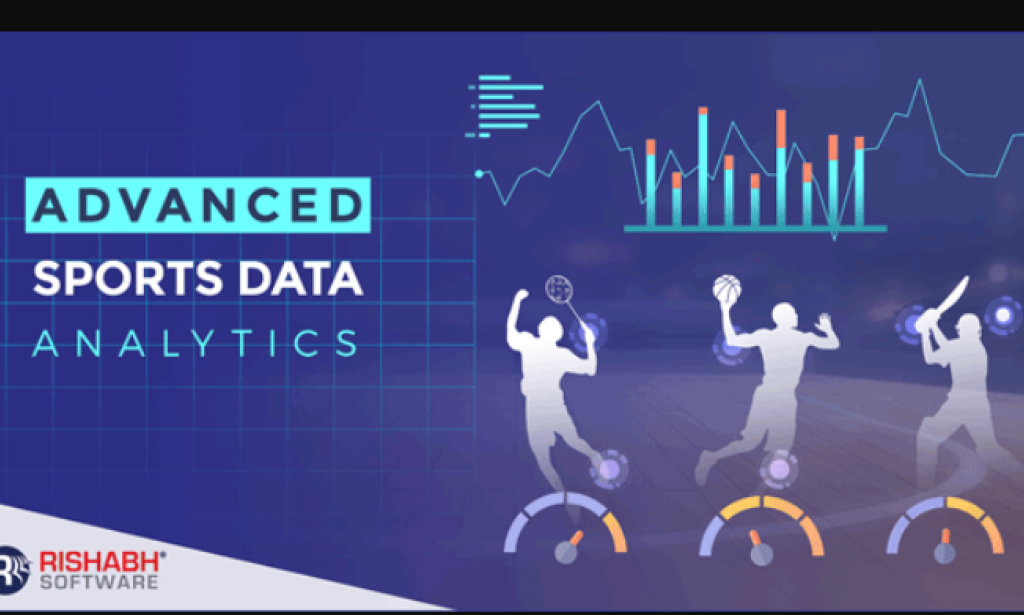THE RISE OF DATA ANALYTICS IN SPORTS PERFOMANCE
Data analytics has become a powerful tool in sports, transforming the way athletes train, teams strategize, and fans engage. From tracking player movements to analyzing game statistics in real time, data analytics offers a competitive edge, helping players and teams optimize performance, reduce injuries, and achieve more wins. What was once an industry dominated by intuition and experience is now deeply data-driven, allowing coaches, managers, and athletes to make better-informed decisions.
The foundation of data analytics in sports begins with performance tracking and metrics. With wearable technology and advanced sensors, every movement of an athlete can be recorded—from their speed, distance covered, and heart rate to muscle fatigue and recovery time. This data provides insights into an athlete's strengths and areas for improvement, allowing for personalized training plans tailored to each player’s unique physical needs and goals. For instance, if a player’s data reveals consistent fatigue towards the end of a game, training adjustments or recovery methods can be implemented to improve endurance.
Injury prevention is another area where data analytics has proven invaluable. By monitoring patterns in an athlete’s biomechanics and movements, sports scientists can identify early signs of potential injuries. This proactive approach allows coaches to modify training regimens or rest players before minor issues become serious injuries. In high-stakes sports, where injury can be career-ending, this application of analytics can be life-changing for athletes and their teams.
Beyond individual performance, data analytics also plays a critical role in game strategy and tactics. Using historical data and real-time analysis, teams can assess opponents tendencies, strengths, and weaknesses. In basketball, for example, coaches can analyze where players are most likely to shoot on the court, and in soccer, data can reveal which formations are most effective against specific opponents. This strategic use of data enables teams to adapt their tactics and improve their chances of winning.
Data analytics has also revolutionized scouting and recruitment. By analyzing performance metrics, scouts can identify rising stars or undervalued players who may have been overlooked by traditional scouting methods. In baseball, for example, metrics like on-base percentage and slugging percentage are used to evaluate players offensive value, helping teams build well-rounded rosters. This approach to recruitment not only improves team performance but also allows smaller teams to compete more effectively with larger, well-funded franchises.
The rise of data analytics has also transformed fan engagement. Many sports organizations now share live game statistics and player data with fans, who can access detailed breakdowns of each play on their mobile devices. This interactive experience allows fans to feel closer to the action, understand the game on a deeper level, and engage with their favorite teams in new and exciting ways. As fans become more knowledgeable, their interest in the sport deepens, creating a more loyal and invested audience.
As the technology advances, the future of data analytics in sports looks bright. Artificial Intelligence (AI) and Machine Learning (ML) are beginning to play a role, enabling predictive modeling that could foresee game outcomes, player development, and even career longevity. In the coming years, we may see fully integrated data systems where every aspect of performance, health, and training is monitored and optimized for peak results.
The rise of data analytics in sports has undeniably changed the landscape of modern athletics. With a data-driven approach, athletes and teams can unlock their full potential, providing a significant advantage in a competitive environment. As data analytics continues to evolve, its impact on sports will only grow, offering new insights and opportunities that were once thought unimaginable.


You must be logged in to post a comment.